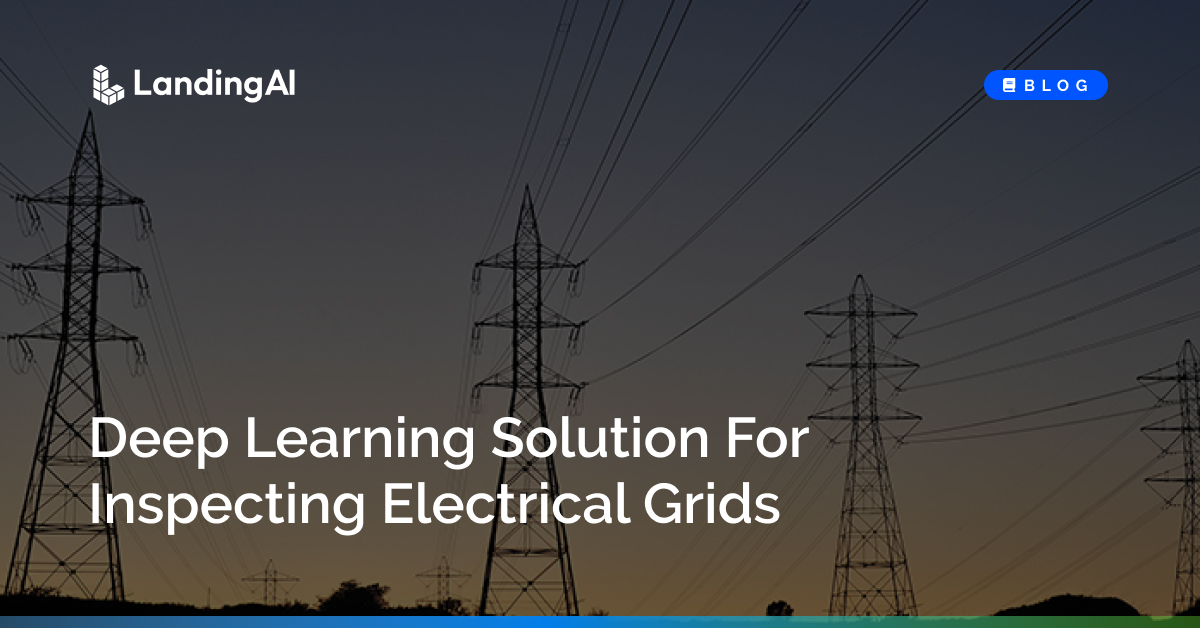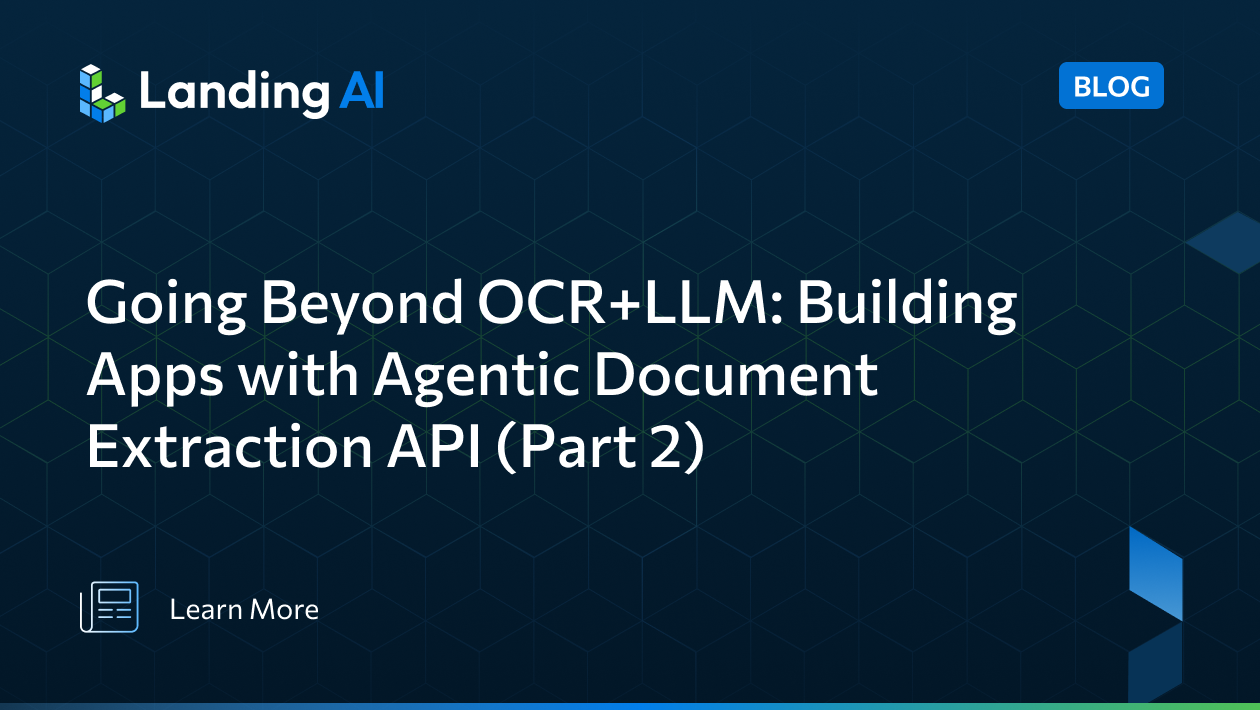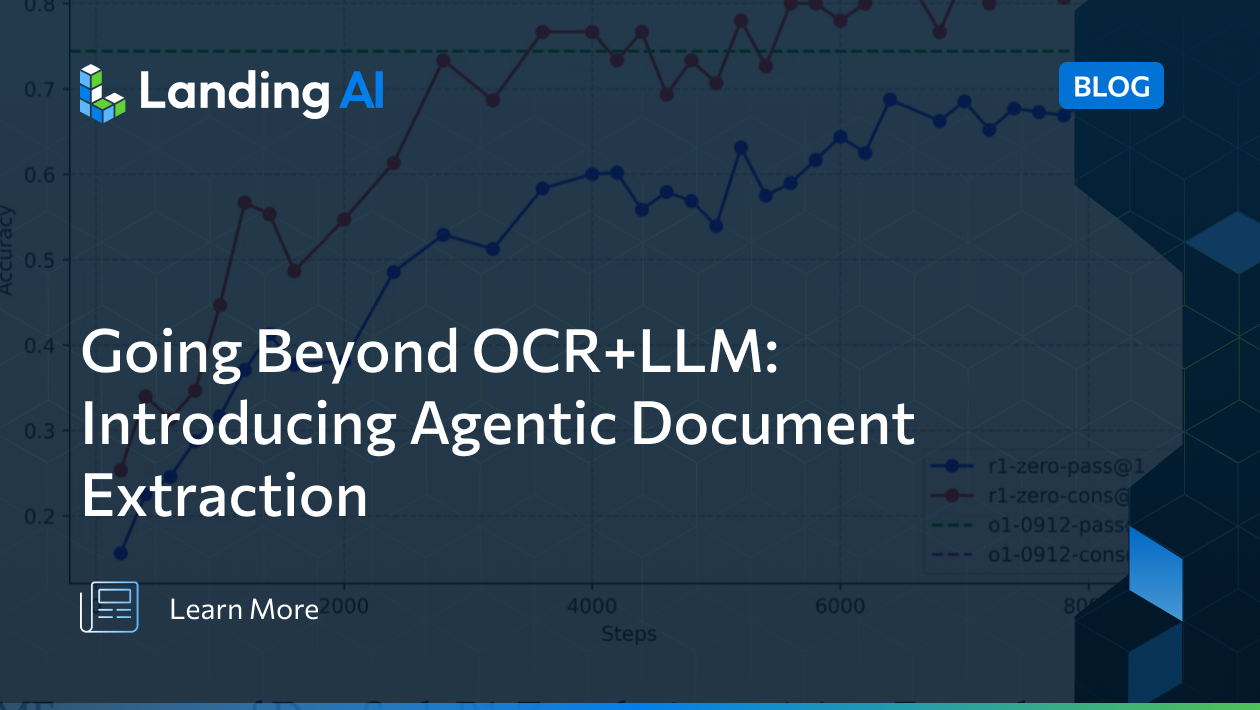Artificial Intelligence can allow electrical engineers to achieve interpretability and effectiveness like never before!
What electrical grids and glass bottles have in common
Electric grids are the backbone of our society, providing power to essential facilities like hospitals, factories, and schools. They are also responsible for keeping the internet running and enabling everyday activities that would otherwise be impossible. These grids consist of a variety of devices and infrastructure, all of which require regular inspections to ensure they are functioning properly.
The companies that own these grids invest a significant amount of time and money into ensuring their reliability and effectiveness. Inspections are crucial because if the grid were to fail, it could lead to fires and pose a threat to people, animals, and equipment.
Historically, inspecting substations, power towers, and conductors has been a labor-intensive task performed by humans, often taking months to complete. This manual approach has limited capabilities for predicting potential issues and doesn’t allow for quick and efficient monitoring of grid health. Inspection teams have relied on drones or helicopters to capture millions of images, which they then manually inspect to generate reports.
Exhibit 1: Selected anomalies in electricity assets
Other industries face similar challenges. Consider a food and beverage company that incurred significant losses by reimbursing customers for glass bottle returns, even when the number of bottles on pallets was lower than stated in the return order. However, conducting visual inspections by humans proved infeasible and expensive with hundreds of pallets to examine daily.
But there is a better way! We set out to use AI-driven deep learning and computer vision to revolutionize infrastructure inspections in the energy industry
Taking computer vision to the next level with AI-driven deep learning
Computer vision engineers at Capgemini, we have spent a significant amount of time brainstorming and implementing advanced techniques and algorithms to tackle various issues in the grid. These include detecting anomalies such as corrosion in power towers, the growth of vegetation, and broken insulators. Some of us have utilized machine learning, but we quickly realized that fine-tuning these solutions could take months or even years. Additionally, these solutions were not adaptable to changing environments and lacked flexibility and scalability.
However, our optimism was renewed when Deep Learning emerged. Naturally, we were eager to apply deep learning to analyze hundreds of images and pinpoint anomalies in power towers and conductors.
Designing and implementing the right model is a challenging task that requires specialized expertise. To effectively train artificial intelligence (AI), we need thousands to millions of images, luckily electrical grids provide thousands of defects for this purpose.
However, in production and real-life scenarios, the key metric for AI performance is not the indicator itself, but how well it serves our purpose. This includes factors like speed, reliability in detecting grid anomalies, and efficiency compared to human analysis. Additionally, it is crucial for non-machine learning experts to be able to interpret and understand how the AI works.
Furthermore, the data landscape is constantly changing, with different regions and new types of grid assets coming into play. In order to stay relevant, AI needs to adapt quickly to these shifts and continuously improve its ability to identify different types of anomalies in the grid.
How we are enhancing electrical grid inspections with a deep learning solution
The LandingLens platform offers multiple benefits that can greatly enhance our success. Firstly, it allows us to train foundational models more efficiently, achieving excellent accuracy in less time. Additionally, deploying these models is a straightforward process. We also benefit from the fact that this platform requires fewer images, saving us valuable resources. Moreover, LandingLens provides an optimal environment for tasks such as wrangling and comprehending images, reducing bias, organizing datasets, and refining outcomes. With all these advantages, we can greatly improve our image-related endeavors. This is a prime example of how deep learning in energy is transforming traditional practices.
Our goal is more than just developing Deep Learning models for detecting anomalies in power lines. We also strive to seamlessly integrate these models into a comprehensive solution that works seamlessly with other components and systems within the company. EngiLens, Capgemini’s solution, not only hosts these models but also builds pipelines for them. Additionally, it incorporates all the necessary algorithms, middleware, and front-end applications to ensure their efficient functionality.
A prominent Distribution System Operator (DSO) operating in multiple countries, requested a rapid proof of concept to challenge LandingLens and engiLens. We were provided with a collection of 200 images, featuring power towers with insulator defects and a lack of warning signs. Captured from helicopters, many of these images suffered from poor brightness and contrast. The results were impressive for warning signs and showed promise for identifying insulator issues. Building upon this success, we launched the second phase to detect a variety of anomalies, including climbing protection element deficiencies, corrosion, and vegetation growth. To achieve this, we utilized a curated training set of 2,000 images. During this process, we realized that several image preparation tasks, such as resizing and splitting, were necessary. Additionally, employing multiple AI models specialized in different detections proved to be more effective. This is where engiLens excels – handling preparation tasks, designing pipelines, curating image collections, and generating detailed reports on detected anomalies. To put engiLens to the test, we used a new image set captured by helicopters, which our AI had never encountered before. Consistently achieving precision and recall rates above 85%, the results were outstanding.
Exhibit 2: Labeling missing discs in insulators with LandingLens
The result is a solution able to receive a stream of images and return a report of anomalies of the power lines for those six types of defects. All the parties are already planning a new phase to increase the autonomy of the solution.
Exhibit 3: Models are deployed and run in our anomaly detection platform for automated visual inspections
Conclusion
Inspecting infrastructure can be a time-consuming task, especially when relying on humans to analyze large sets of images. However, the solution to this issue lies in using AI technology. We’ve been making significant progress in this area and with the recent development of a domain-specific Large Vision Model, we expect to improve accuracy and expedite downstream vision task development. Our goal is to have an autonomous AI system in place by mid-2024, taking care of half of the inspections for this DSO. The other half will still be carried out by humans, and the results will be compared. Most of the refinements and improvements to the solution now lie in the engineering aspect, rather than in the field of Deep Learning. Fortunately, with the help of LandingAI, we can focus on enhancing this other field.
Discover the comprehensive Engilens solution with LandingLens. Get started with a free trial today at app.landing.ai.







